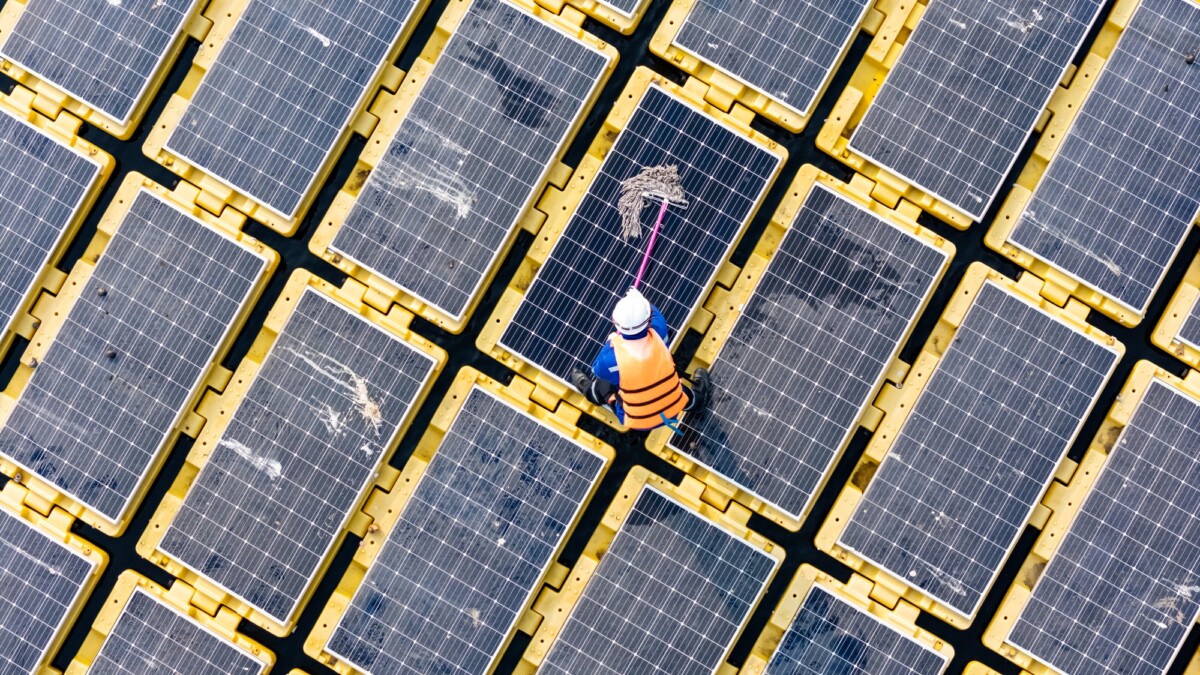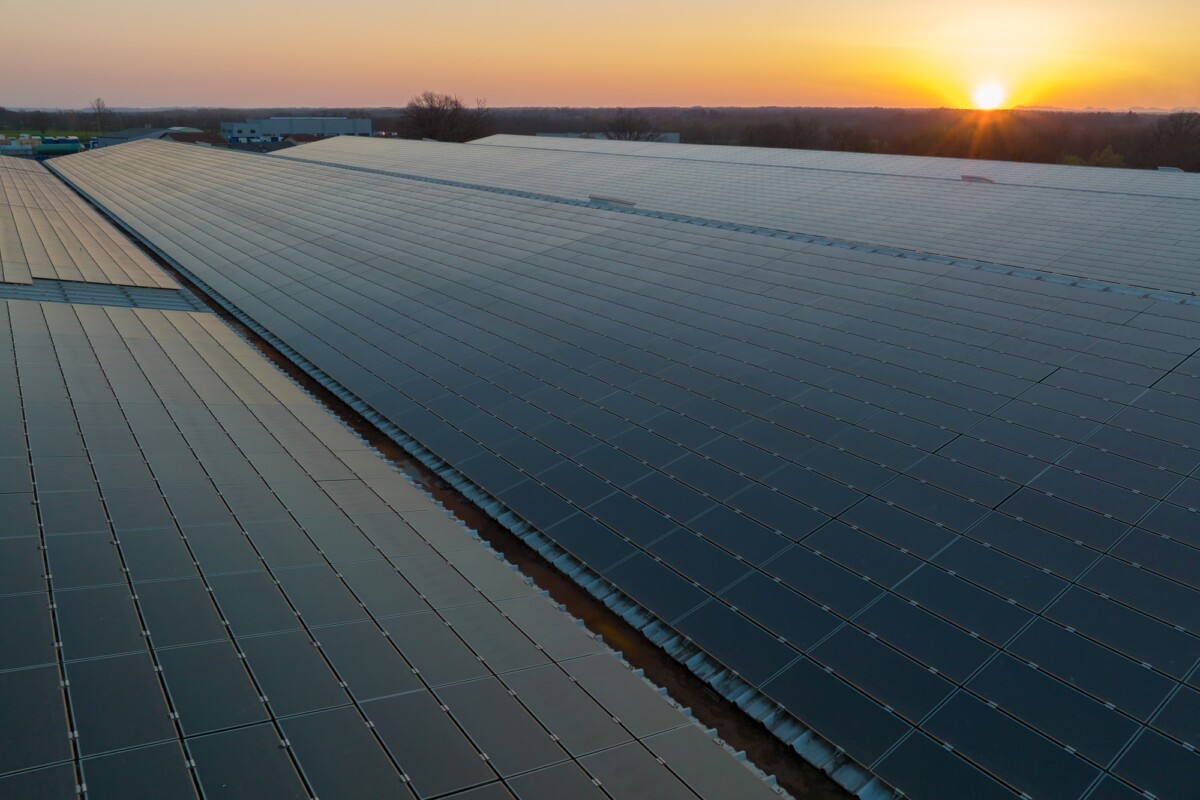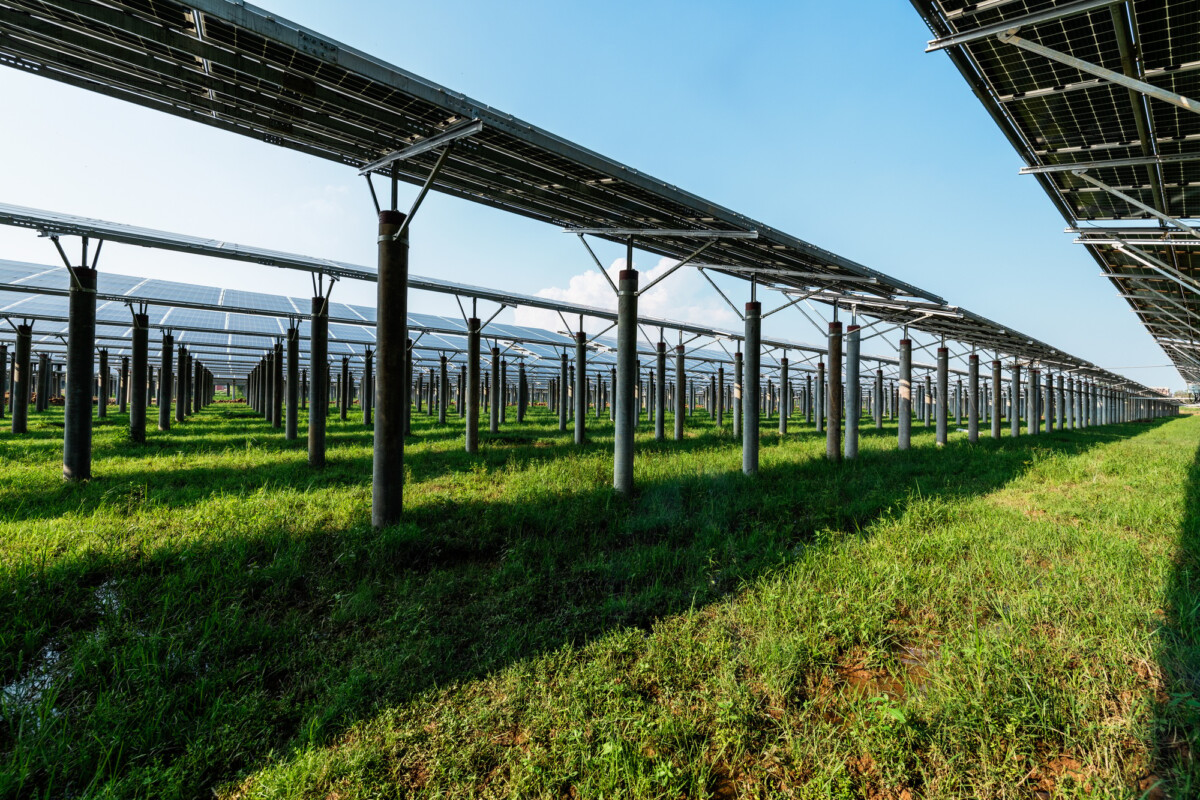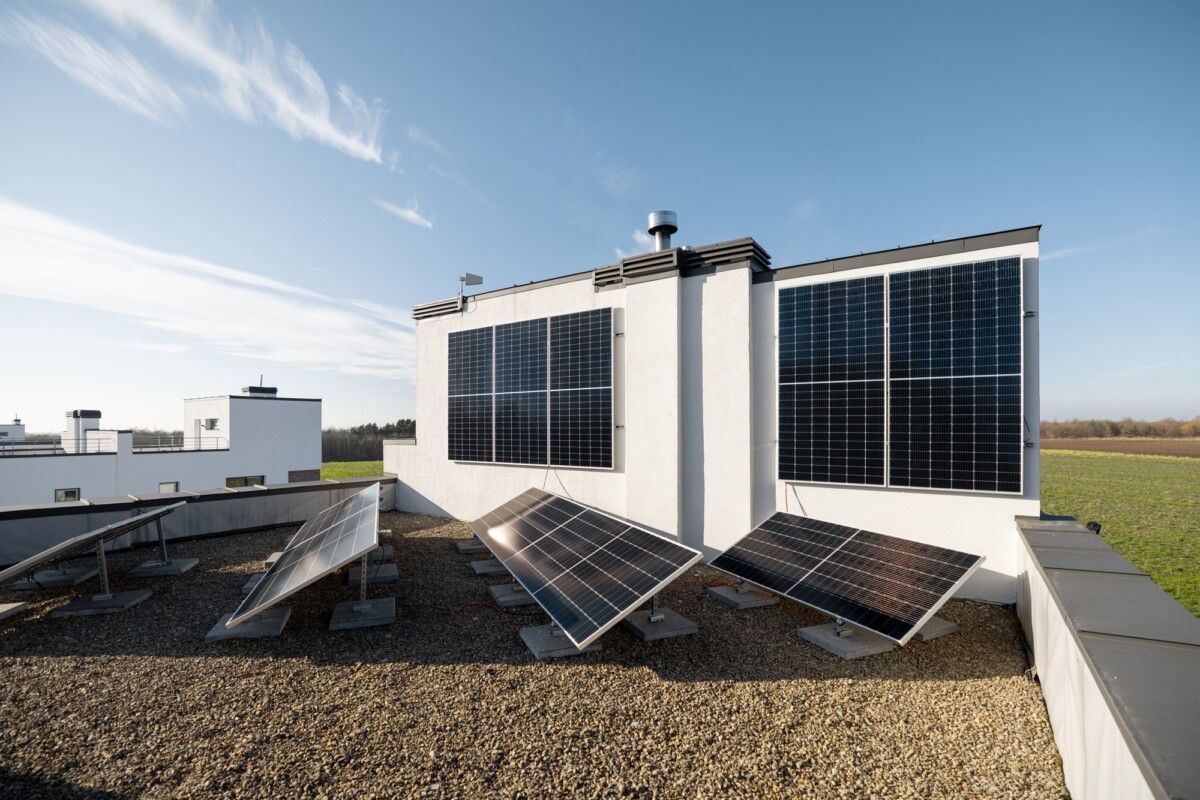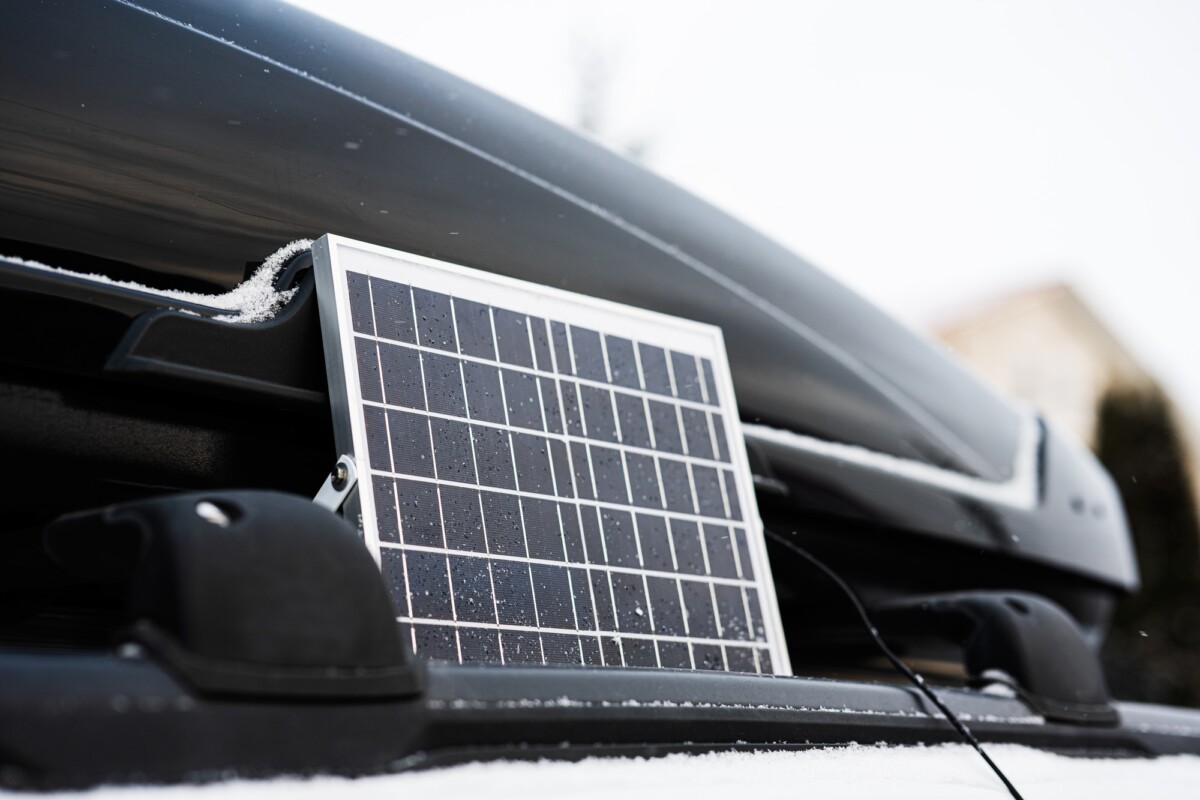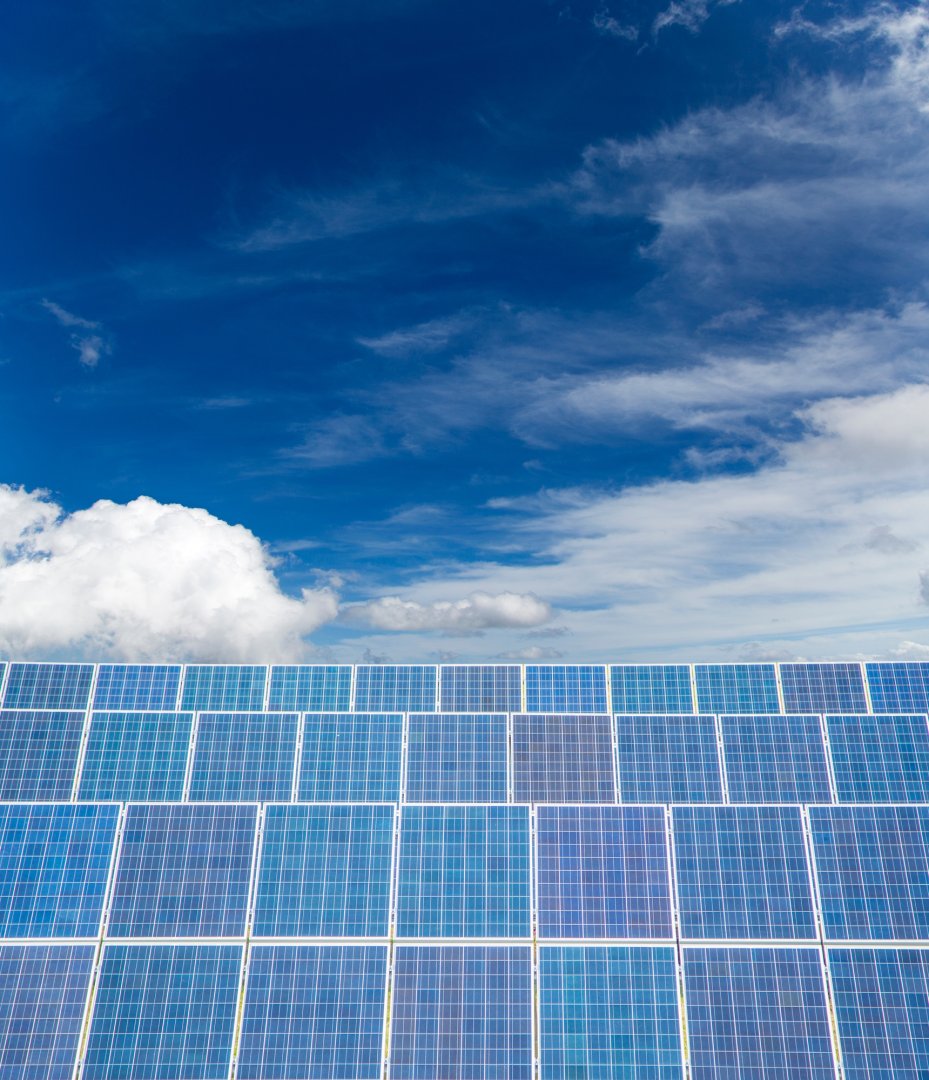Harnessing the Sun: An Introduction to Solar Farms
Have you ever wondered, how do solar farms work? These vast fields of solar panels are more than just impressive sights; they are pivotal in our pursuit of clean energy. By transforming sunlight into electricity, solar farms help decrease our dependence on fossil fuels, playing a vital role in combating climate change.
The Basics of Solar Farms
Solar farms, or photovoltaic power stations, are large-scale setups that capture sunlight and convert it into electricity. They feature thousands of solar panels lined up like crops in a field. Each panel contains photovoltaic cells that absorb sunlight and produce direct current (DC) electricity.
From Sunlight to Electricity
- Photovoltaic Cells: These cells are the core of solar panels. Sunlight excites electrons in these cells, generating an electric current.
- Inverters: The DC electricity from the panels is transformed into alternating current (AC) electricity by inverters, making it usable for homes and businesses.
- Grid Connection: The electricity is then fed into the power grid, ready to power homes, schools, and businesses.
Understanding how do solar farms work is not just about technology; it’s about imagining a cleaner, greener future. By harnessing solar energy, these farms offer a sustainable solution to our energy needs, ensuring a brighter tomorrow for everyone.
How Do Solar Farms Work? Unveiling the Science Behind the Panels
Ever wondered, how do solar farms work? These energy marvels are like vast fields of sun-catchers, turning sunlight into electricity. At their core are photovoltaic (PV) cells, made from materials like silicon, which convert sunlight into electricity through the photovoltaic effect. This process excites electrons, creating an electric current.
Once electricity is generated, inverters play a crucial role by converting the direct current (DC) from the PV cells into alternating current (AC), which powers our homes and gadgets. This conversion is essential for making solar energy usable.
Solar panels, consisting of numerous PV cells, are arranged in rows to capture maximum sunlight. The more sunlight they capture, the more electricity they produce, functioning like a team of sun-catchers powering our lives.
Understanding how do solar farms work not only demystifies the process but also underscores the importance of renewable energy. By harnessing the sun’s power, solar farms contribute significantly to a sustainable future. Next time you spot a solar farm, you’ll appreciate the science behind those gleaming panels!
The Journey of Sunlight: From Solar Panels to Electricity
Have you ever wondered, how do solar farms work to transform sunlight into the electricity that powers our homes? This fascinating journey begins with the sun’s rays and ends with the flick of a switch, playing a crucial role in our shift towards sustainable energy.
Solar farms are vast fields of solar panels, each composed of smaller units called photovoltaic (PV) cells. When sunlight strikes these cells, it generates an electric field, creating electricity. This marks the first step in converting sunlight into usable power.
From Panels to Power
- Photovoltaic Cells: These are the core of solar panels, converting sunlight directly into electricity through the photovoltaic effect.
- Inverters: The generated electricity then travels to an inverter, which converts it from direct current (DC) to alternating current (AC), the type used in homes.
The Path to Your Home
Once converted, the electricity flows through power lines to homes and businesses. Solar farms can produce substantial electricity, enough to power thousands of homes, reducing our reliance on fossil fuels and playing a vital role in our energy future.
Types of Solar Farms: Exploring Photovoltaic and Concentrated Solar Power
Understanding how do solar farms work is essential as they are pivotal in our shift to renewable energy, reducing reliance on fossil fuels and aiding in climate change mitigation. Solar farms capture the sun’s energy to produce electricity, and there are two primary types: Photovoltaic (PV) and Concentrated Solar Power (CSP).
Photovoltaic Solar Farms
Photovoltaic solar farms are the most prevalent. They utilize solar panels composed of numerous small cells that directly convert sunlight into electricity. These panels are typically arranged in expansive fields to maximize sunlight capture.
Key features include:
- Direct Conversion: Sunlight is transformed into an electric current by the solar cells.
- Scalability: Easily expanded by adding more panels.
- Versatility: Suitable for installation on various terrains.
Concentrated Solar Power Farms
Concentrated Solar Power farms operate differently by using mirrors or lenses to concentrate sunlight onto a small area, often a tower, to generate heat. This heat produces steam that drives a turbine to generate electricity.
Benefits include:
- High Efficiency: Capable of storing heat for use during non-sunny periods.
- Large Scale: Suitable for substantial power demands.
By exploring these types, we recognize the diverse contributions of solar farms to a sustainable future, showcasing their role as a beacon in renewable energy.
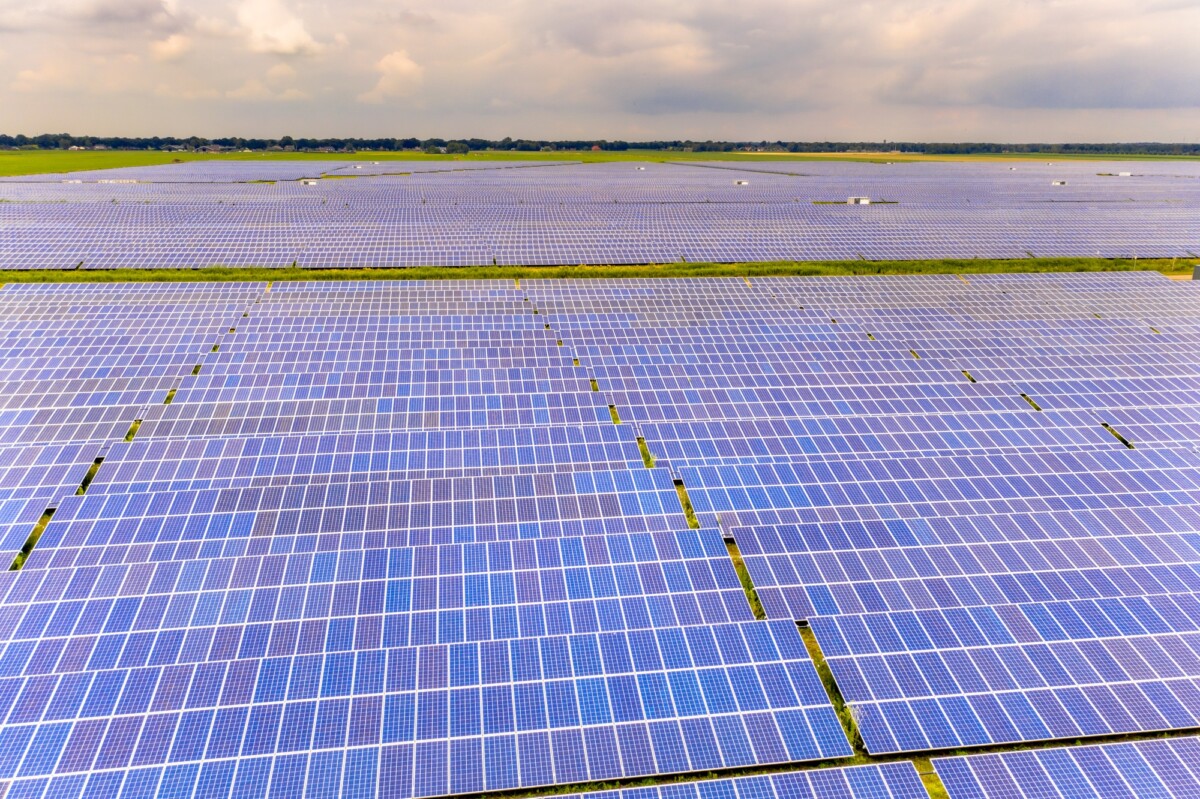
Ready to make the switch? Discover how solar power can lower your bills and boost your home’s efficiency. Get a Free Solar Estimate at FREE SOLAR POWER QUOTES
The Role of Inverters: Transforming Solar Energy into Usable Power
Have you ever wondered, how do solar farms work to power our homes and gadgets? The secret lies in harnessing the sun’s energy and converting it into electricity, with inverters playing a crucial role. Without these devices, the sun’s energy would remain untapped and unusable.
What is an Inverter?
Inverters act as translators for solar energy, converting direct current (DC) from solar panels into alternating current (AC), which powers most of our appliances. This transformation is essential for solar farms to supply power to the grid effectively.
Why Inverters Matter
Inverters are the unsung heroes of solar farms, ensuring that the energy collected from the sun can be used in our daily lives. Without them, the electricity generated would be incompatible with our homes and businesses, making it impossible to utilize the sun’s power efficiently.
Types of Inverters
- String Inverters: Connect multiple solar panels together, making them ideal for large solar farms.
- Microinverters: Attach to individual panels, offering flexibility and efficiency for smaller installations.
Understanding how do solar farms work involves appreciating the vital role of inverters. These devices bridge the gap between the sun’s rays and the electricity that powers our world, making them indispensable in the journey from sunlight to light bulbs.
Environmental Impact: How Solar Farms Contribute to a Greener Planet
Have you ever wondered, how do solar farms work and why they are crucial for our environment? Solar farms are like giant fields of sun-catchers, turning sunlight into electricity. This process not only powers our homes but also helps reduce pollution, making our planet greener and healthier.
Harnessing the Sun’s Power
Solar farms work by using large panels to capture sunlight. These panels are made of special materials that convert sunlight into electricity. It’s like magic, but it’s really science! The electricity generated is then sent to power lines, bringing clean energy to our communities.
Benefits of Solar Farms
- Clean Energy: Solar farms produce electricity without releasing harmful gases.
- Renewable Resource: Sunlight is abundant and won’t run out.
- Reduced Carbon Footprint: By using solar power, we decrease our reliance on fossil fuels.
Supporting Biodiversity
Solar farms can also support local wildlife. By planting native plants around the panels, these farms create habitats for birds and insects. This helps maintain biodiversity, which is essential for a balanced ecosystem.
In conclusion, understanding how do solar farms work reveals their vital role in promoting a sustainable future. They not only provide clean energy but also support our planet’s health, making them a key player in the fight against climate change.
Challenges and Innovations: Overcoming Obstacles in Solar Farm Technology
Understanding how do solar farms work is crucial as they play a vital role in our transition to renewable energy. Solar farms capture sunlight and convert it into electricity, but this process isn’t without its challenges. Let’s explore the hurdles and the innovative solutions that are paving the way for a brighter future.
1. Land Use and Space Efficiency
Solar farms require large areas of land to capture enough sunlight. This can lead to conflicts over land use, especially in densely populated areas. Innovations like floating solar farms on water bodies and vertical solar panels are helping to maximize space efficiency.
2. Weather Dependency
Solar farms rely on sunny weather, which can be unpredictable. Cloudy days and nighttime reduce energy production. However, advancements in energy storage technology, like batteries, allow solar farms to store excess energy for use during less sunny periods.
3. Environmental Impact
While solar farms are clean, their construction can impact local ecosystems. Innovations in eco-friendly materials and wildlife-friendly designs are minimizing these effects, ensuring that solar farms coexist harmoniously with nature.
By addressing these challenges with creativity and innovation, solar farms continue to evolve, making them a cornerstone of sustainable energy solutions. Understanding how do solar farms work not only informs us but also inspires us to support and improve these technologies.
How FreeSolarPower Can Help You Understand and Invest in Solar Energy Solutions
Understanding how solar farms work is crucial for anyone interested in renewable energy. Solar farms are large-scale installations that convert sunlight into electricity, providing a clean and sustainable energy source. But how do solar farms work, and why should you care? Let’s dive into the fascinating world of solar energy and discover how FreeSolarPower can guide you on this journey.
How Do Solar Farms Work?
Solar farms use vast arrays of solar panels to capture sunlight. These panels contain photovoltaic cells that convert sunlight into direct current (DC) electricity. An inverter then changes this DC into alternating current (AC), which powers homes and businesses. This process is not only efficient but also environmentally friendly.
Benefits of Solar Farms
- Clean Energy: Solar farms produce electricity without harmful emissions.
- Sustainability: They harness an inexhaustible energy source—the sun.
- Cost-Effective: Over time, solar energy can reduce electricity bills.
How FreeSolarPower Can Help
At FreeSolarPower, we simplify the complex world of solar energy. Whether you’re curious about how do solar farms work or ready to invest, we provide resources and expert advice. Our goal is to empower you with knowledge and tools to make informed decisions about solar energy solutions.
Join the solar movement today! Thousands are already saving—claim your free consultation to get started. Schedule Your Free Consultation at FREE SOLAR POWER QUOTES
Interested in more options? Take a look at SOLAR ENERGY for tailored solar solutions that suit your home!





